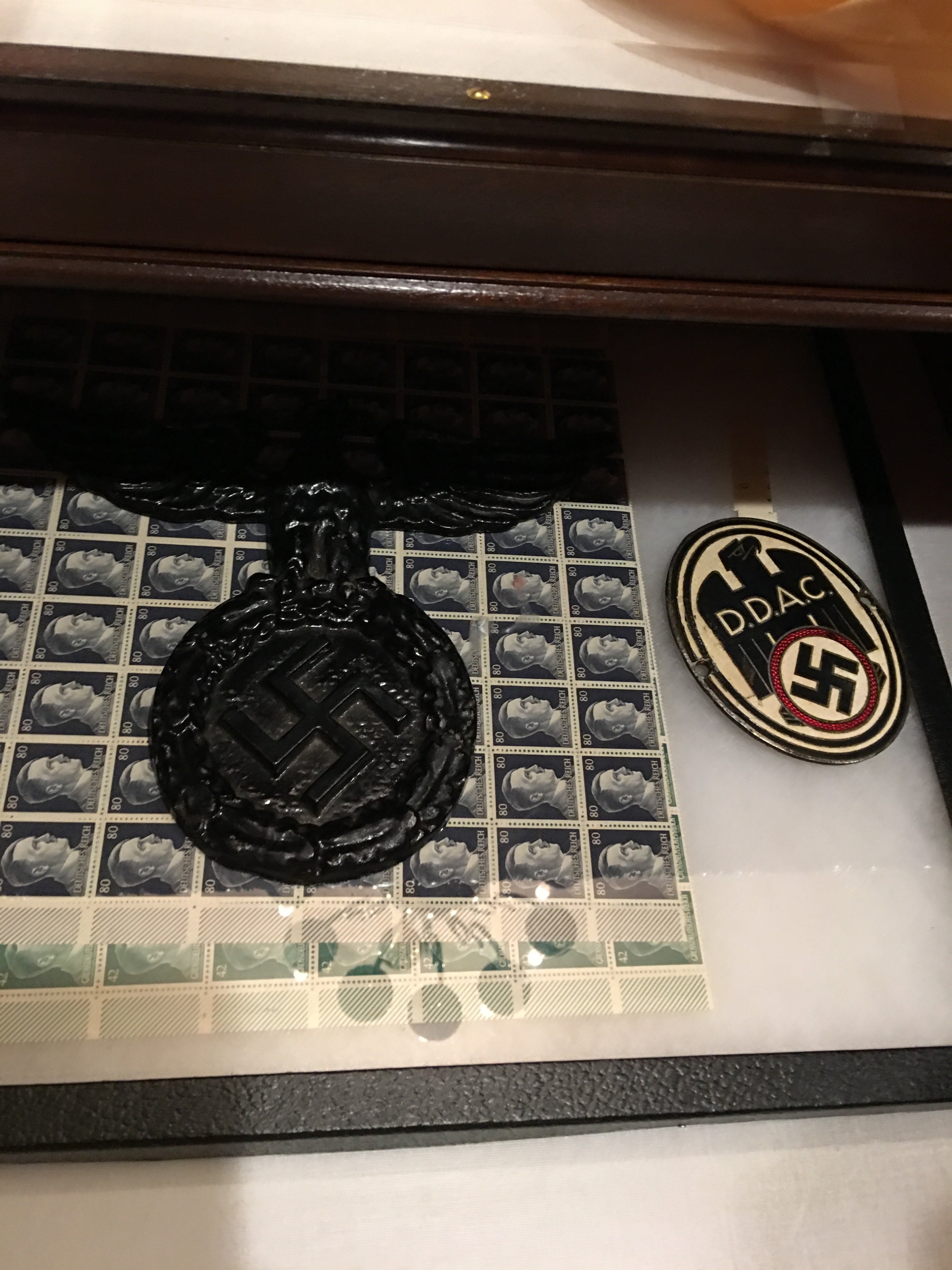When Republican megadonor Harlan Crow isn’t lavishing Justice Clarence Thomas with free trips on his private plane and yacht (in possible violation of Supreme Court ethics rules), he lives a quiet life in Dallas among his historical collections. These collections include Hitler artifacts—two of his paintings of European cityscapes, a signed copy of Mein Kampf, and assorted Nazi memorabilia—plus a garden full of statues of the 20th century’s worst despots.
Crow, the billionaire heir to a real estate fortune, has said that he’s filled his property with these mementoes because he hates communism and fascism. Nonetheless, his collections caused an uproar back in 2015 when Marco Rubio attended a fundraiser at Crow’s house on the eve of Yom Kippur. Rubio’s critics thought the timing was inappropriate given, you know, the Hitler stuff.
“I still can’t get over the collection of Nazi memorabilia,” says one person who attended an event at Crow’s home a few years ago and asked to remain anonymous. “It would have been helpful to have someone explain the significance of all the items. Without that context, you sort of just gasp when you walk into the room.” One memorable aspect was the paintings: “something done by George W. Bush next to a Norman Rockwell next to one by Hitler.” They also said it was “startling” and “strange” to see the dictator sculptures in the backyard.


In 2014, when Crow’s house was included in a public tour of historic homes, a reporter from the Dallas Morning News visited. Apparently, Crow was visibly uncomfortable with questions about his dictator statues and Hitler memorabilia, preferring to discuss his other historical collections: documents signed by the likes of Christopher Columbus and George Washington; paintings by Renoir and Monet; statues of two of Crow’s heroes, Winston Churchill and Margaret Thatcher.
But despite Crow’s discomfort, the reporter did manage to see the garden of dictator statues, describing it as a “historical nod to the facts of man’s inhumanity to man.” Among the figures in the “Garden of Evil” are Lenin and Stalin, Romanian dictator Nicolae Ceausescu, and Yugoslav dictator Josip Broz Tito.
These are apparently not statues that Crow has commissioned—Crow has said that they’re bona-fide artifacts from public squares across Europe and Asia that citizens toppled at the end of dictatorial regimes. According to Crow, the white streaks on the Lenin statue are the remnants of paint thrown by furious Russians, and the chunks missing from Stalin are evidence of the wrath of the anti-Communist hordes. Crow says that the Gavrilo Princip statue had to be smuggled across the border between Serbia and Croatia disguised as rubble for fear that the Croatian border guards might destroy it in a rage.
The person we talked to who visited Crow’s home says that it felt sort of like a museum (“just a bunch of collectibles everywhere from major historical events”) and describes the Crows as “such hospitable Texas hosts.” The evening wasn’t unpleasant, they say, “just strange—they had family photos in one room, then all this WWII stuff in another room, and dictators in the backyard.”

















